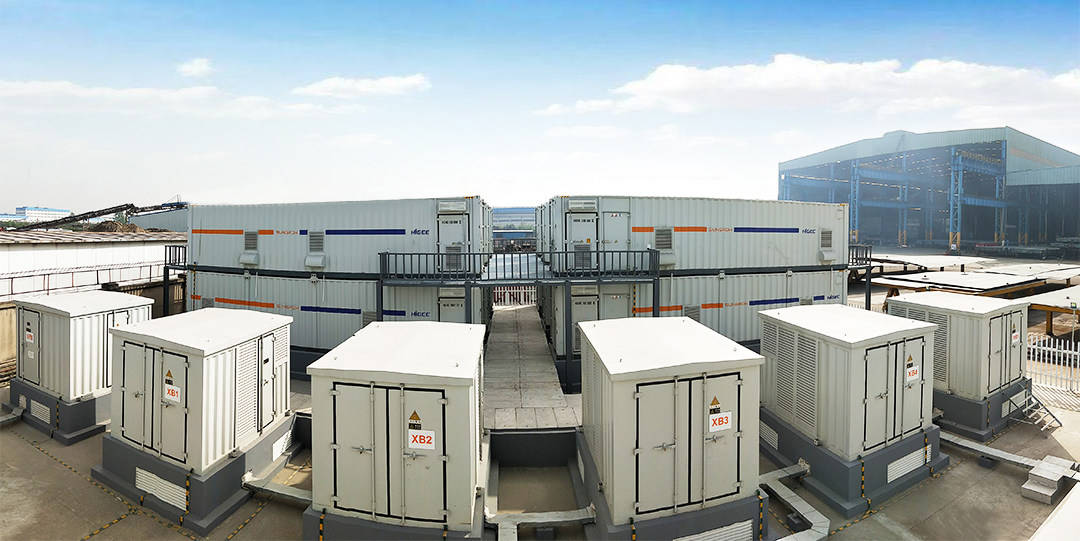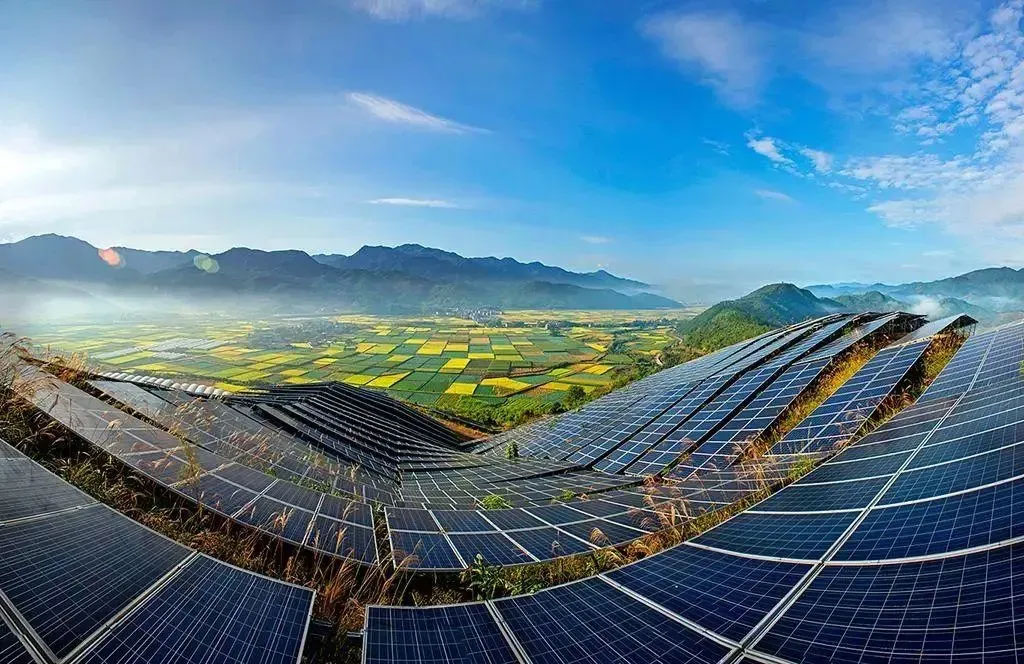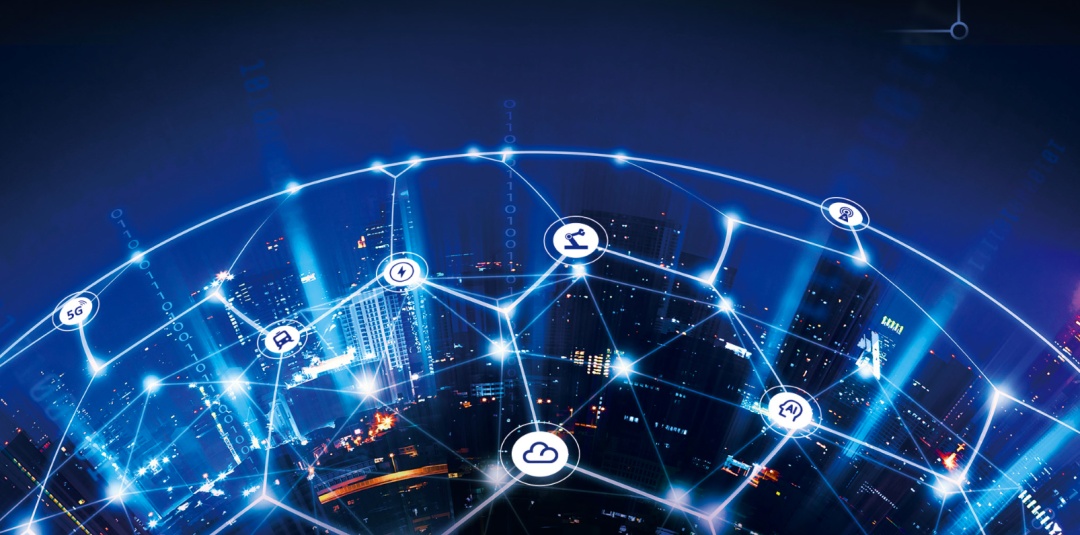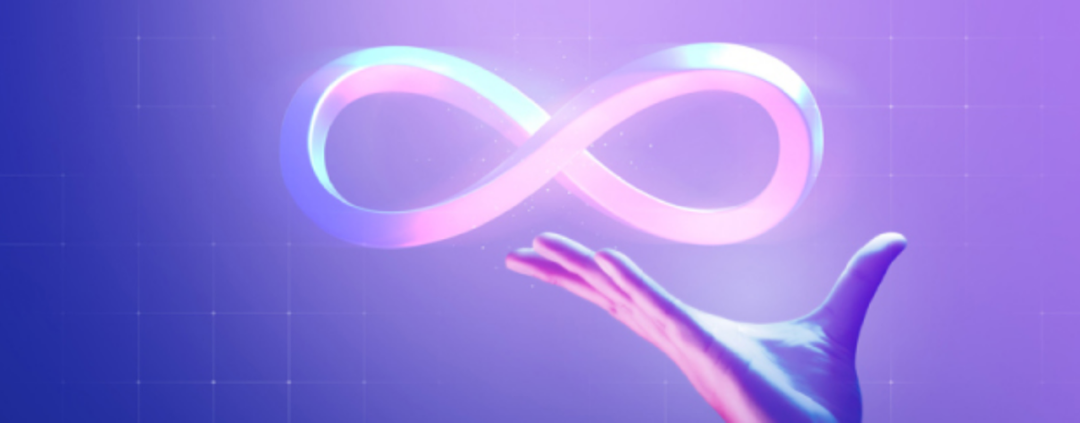【Stem Cells News】How far is stem cell therapy from us? 3 to 5 stem cell drugs are expected to be launched in China within the next year
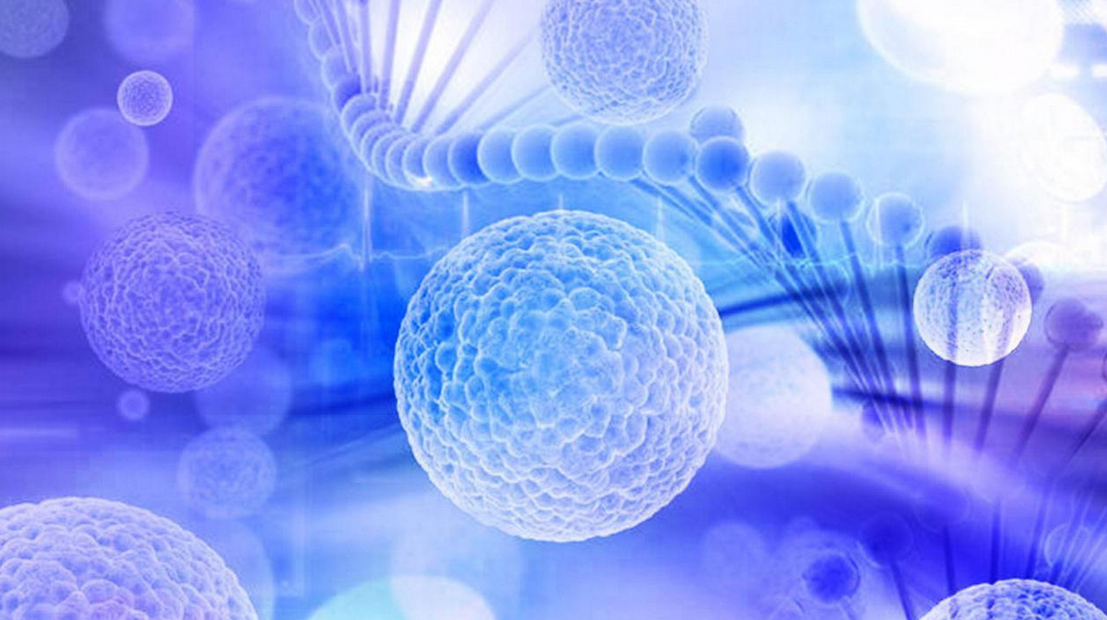
Stem cells are known as the "seeds" of cells, as they can replace diseased, aging, and dead cells through proliferation, self replication, and differentiation, repair the function of tissues and organs, and thus restore human health. In recent years, they have received much attention, and there have been reports both domestically and internationally that using stem cells can cure certain difficult and complicated diseases. Is stem cells really that magical? How long will it take for ordinary people to use it to treat diseases?
Recently, the "Scientist" program of our newspaper interviewed Wang Jian, an expert from the autologous stem cell project team of the Chinese Academy of Engineering.
Not a "universal cell", but a "universal cell"
As one of the founders of China's stem cell industry, Wang Jian has been deeply involved in the industry for 20 years and is one of the creators of two important industry standards in China, namely the "Quality Management Standards for Cell Banks" and the "Self regulatory Standards for Stem Cell Preparation Management". He introduced that stem cells mainly include two types. One is embryonic stem cells, which originate from remnants of newborns, such as umbilical cord, placenta, etc; There are also adult stem cells, which come from bone marrow, adipose tissue, hair follicles, etc.
Compared to somatic cells, stem cells have characteristics such as self replication, multiple differentiation, directed migration, and low immunogenicity. "The so-called low immunogenicity refers to the weaker rejection reaction produced by stem cells when they enter the human body." Wang Jian said that both stem cells and somatic cells have their shortcomings and deficiencies. Many people online refer to stem cells as "universal cells", which is not scientific. In medicine, we call them "universal cells". They can work, but they are definitely not omnipotent.
"This is also because after stem cells enter the human body, we have not yet been able to control them, and we have not invented a cell 'remote control'. In this case, where stem cells go, what they do, and what they play depends entirely on the environment in the recipient's body." Wang Jian further explained that after stem cells enter the human body, they secrete many cytokines and proteins to work, creating a microenvironment around the cells, Stimulating or influencing stem cells in the environment through signal transduction, replacing diseased, aging, and dead cells with new ones, and repairing tissues or organs. When the function of tissues and organs is repaired, people recover their health.
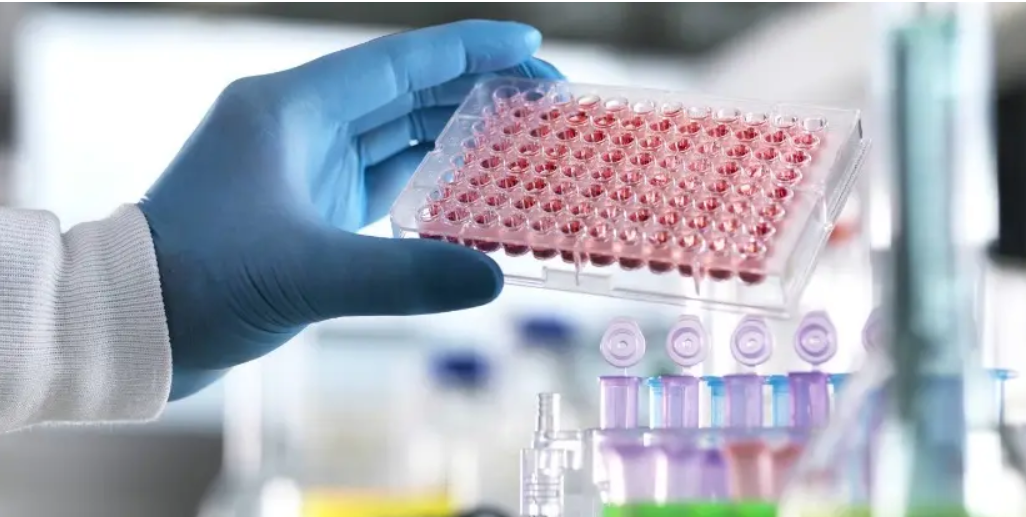
3 to 5 stem cell drugs are expected to be launched in China within the next year
Since it is a versatile cell, can it be used to treat all diseases? Wang Jian said that because of the working principle of stem cells, it has a wide range of applications, but according to the current technology, it mainly plays a role in self diseases, such as rheumatism, lupus erythematosus, psoriasis, which are caused by the autoimmune system, as well as hyperglycemia, diabetes, gout and other self metabolic diseases, as well as arthritis and other self degenerative diseases and traumatic diseases.
Is there an age limit for stem cell therapy? Wang Jian stated that due to the fact that self diseases often appear with age, most of them are used for slightly older populations. But many diseases such as blood diseases are gradually becoming younger, and the scope of application of stem cell therapy is also becoming wider.
"Stem cell drugs are studied and applied for specific symptoms or one or two indications in a certain disease." Wang Jian introduced that there are currently more than 20 stem cell drugs available for sale worldwide. Although there are no such drugs in China yet, more than 60 stem cell drugs have entered clinical trials. In the next year, China is expected to launch 3 to 5 stem cell drugs.
"Our country is walking on two legs, one is to carry out clinical trials through drug registration, and the other is to carry out clinical research through technology. We are very confident that in the near future, stem cell drugs in our country will be centrally launched." Wang Jian said.
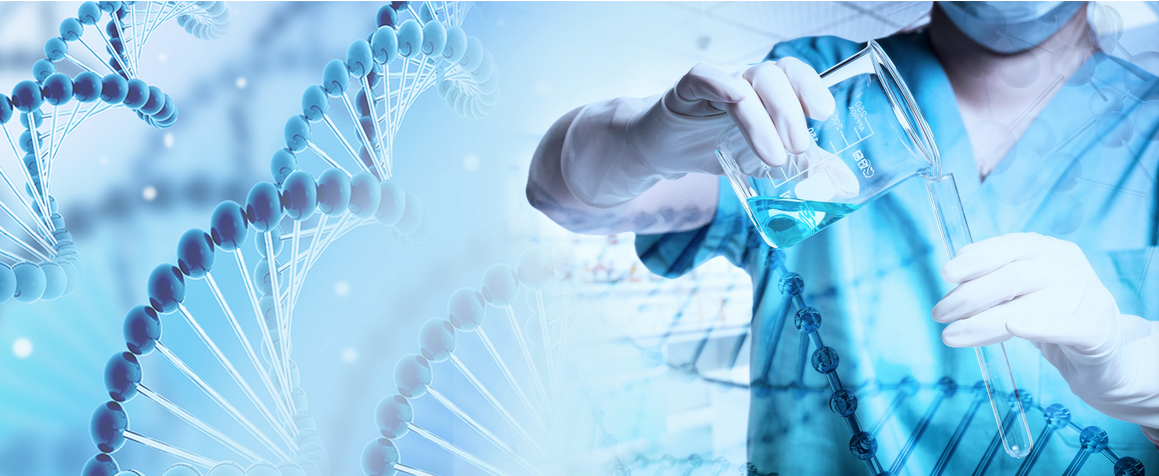
Inclusive is the future trend, but it will take some time
Stem cell drugs are a living and active biological preparation, which not only have strict production and preparation environmental conditions, but also have very strict transportation processes. Therefore, even though drugs are on the market, they still face many challenges that need to be solved in their actual use.
"For example, the time limit from production to use by patients cannot exceed 36 hours. Cold chain must be used during transportation, and real-time monitoring must be carried out to ensure safety and avoid contamination." Wang Jian said, all of these have led to unexpected difficulties when stem cell drugs are applied in clinical practice. For example, if a patient did not have a fever originally, but the stem cell drugs were delivered but then had a fever, they cannot be used.
In Wang Jian's view, with the development of technology and the openness and standardization of national policies, the price of stem cell therapy will significantly decrease, which is a future trend. However, it is difficult to predict how long it will be achieved.
Wang Jian reminds that when facing stem cells, we must respect and respect science. There are many false propaganda misleading consumers in today's society. Consumers should not be swayed by others and should objectively view the role of stem cell therapy. It is not the "omnipotent" rumored by people. In response to the current situation where cell companies are like a cow's hair and riding on the heat, he called on government departments to strengthen supervision from the perspective of promoting the healthy development of the industry, and set strict admission standards, norms, and conditions.
 中文
中文
 English
English
